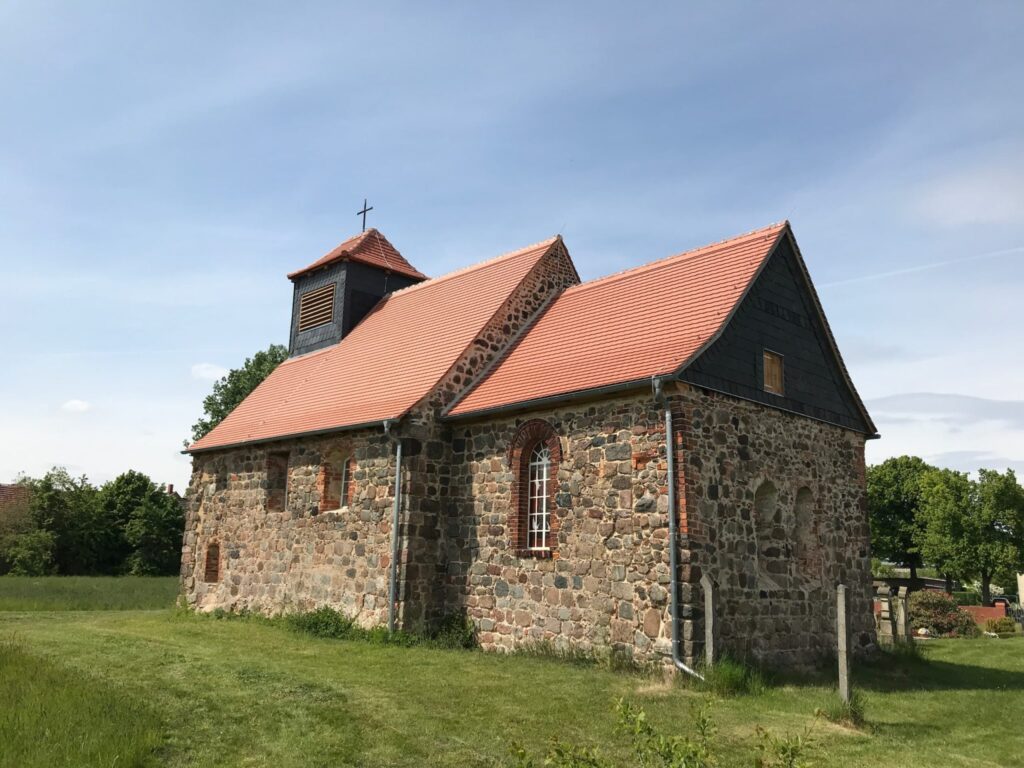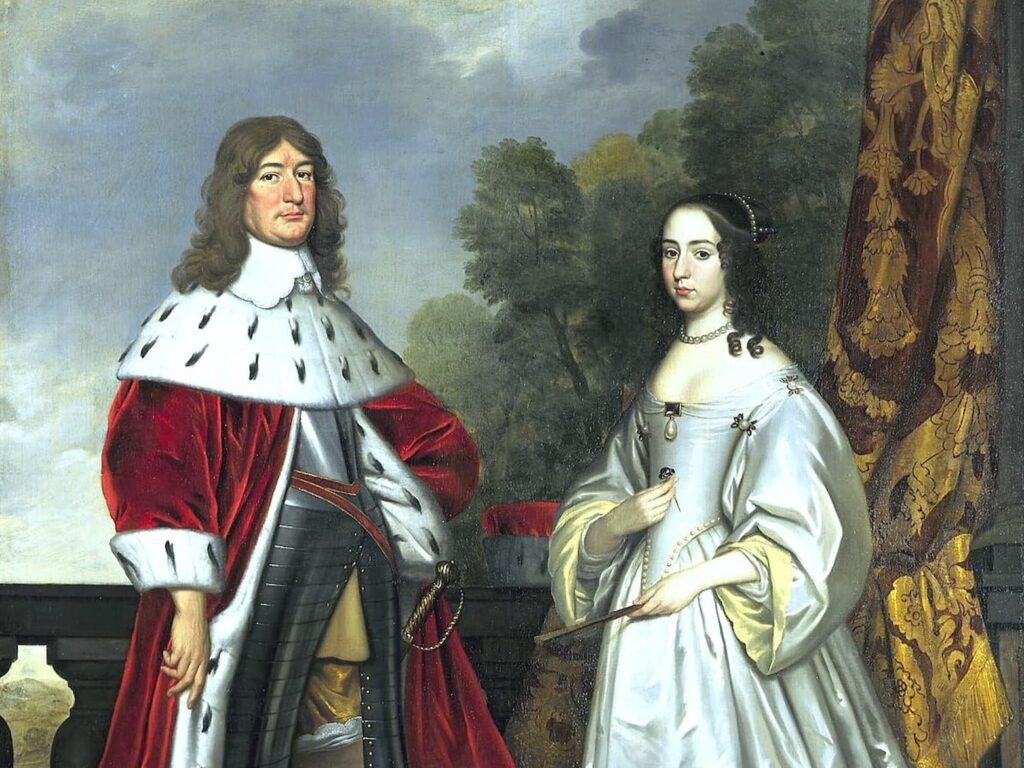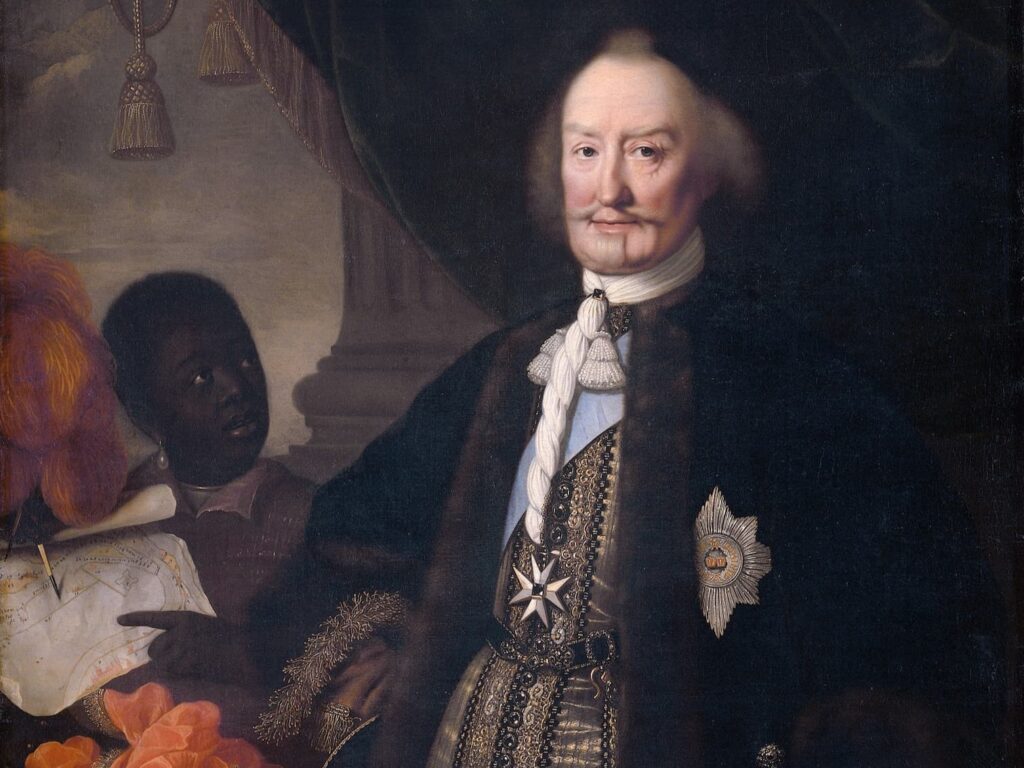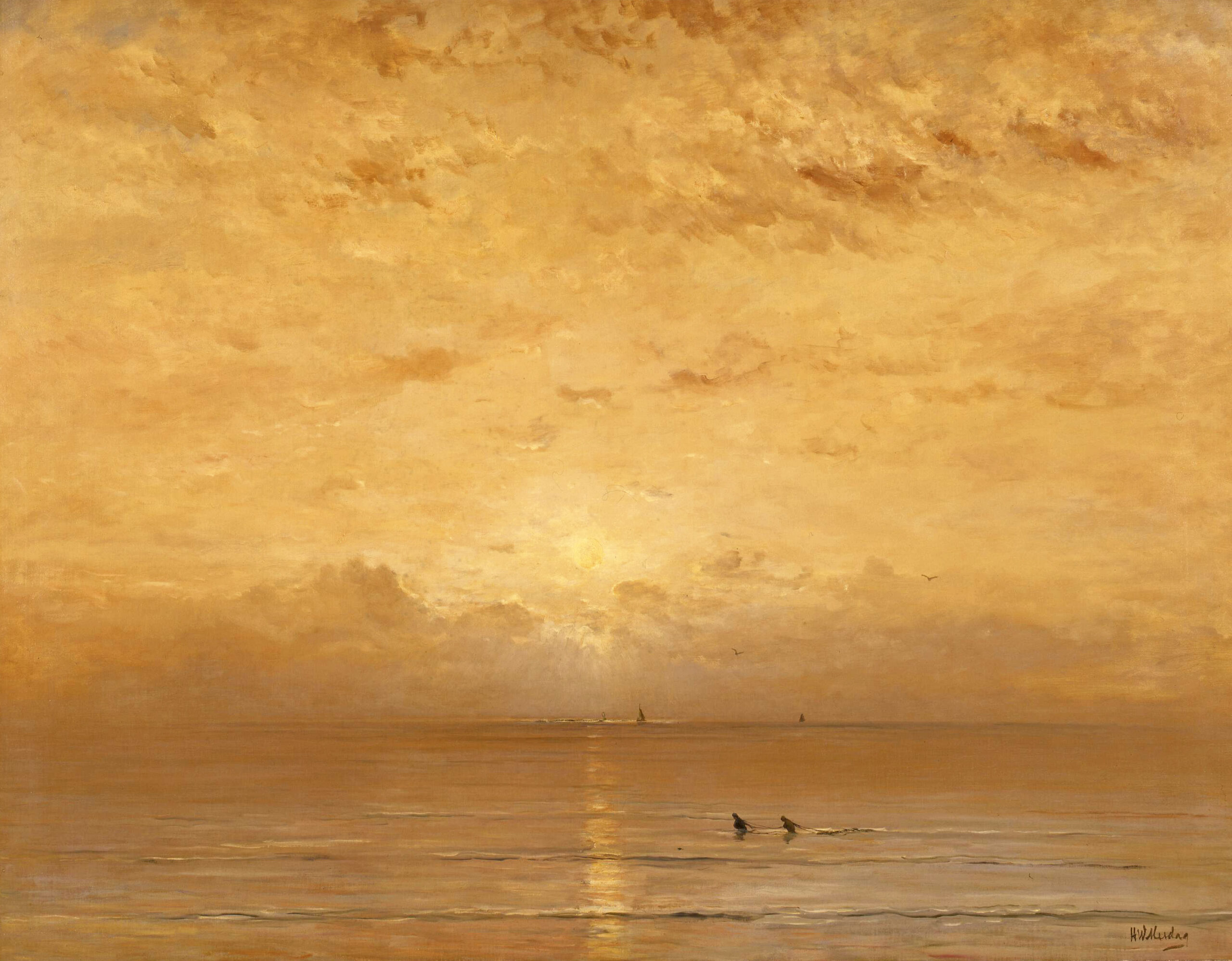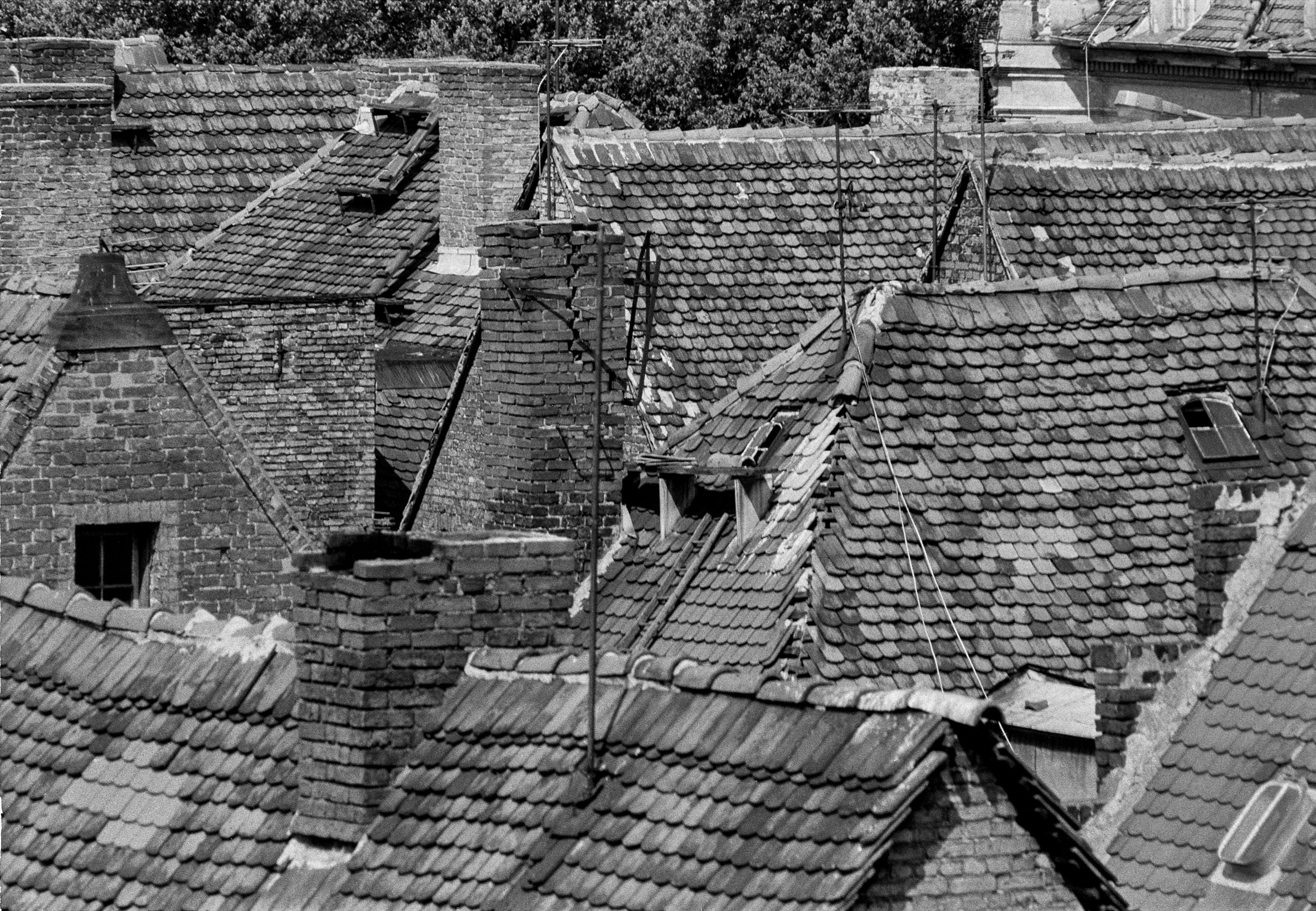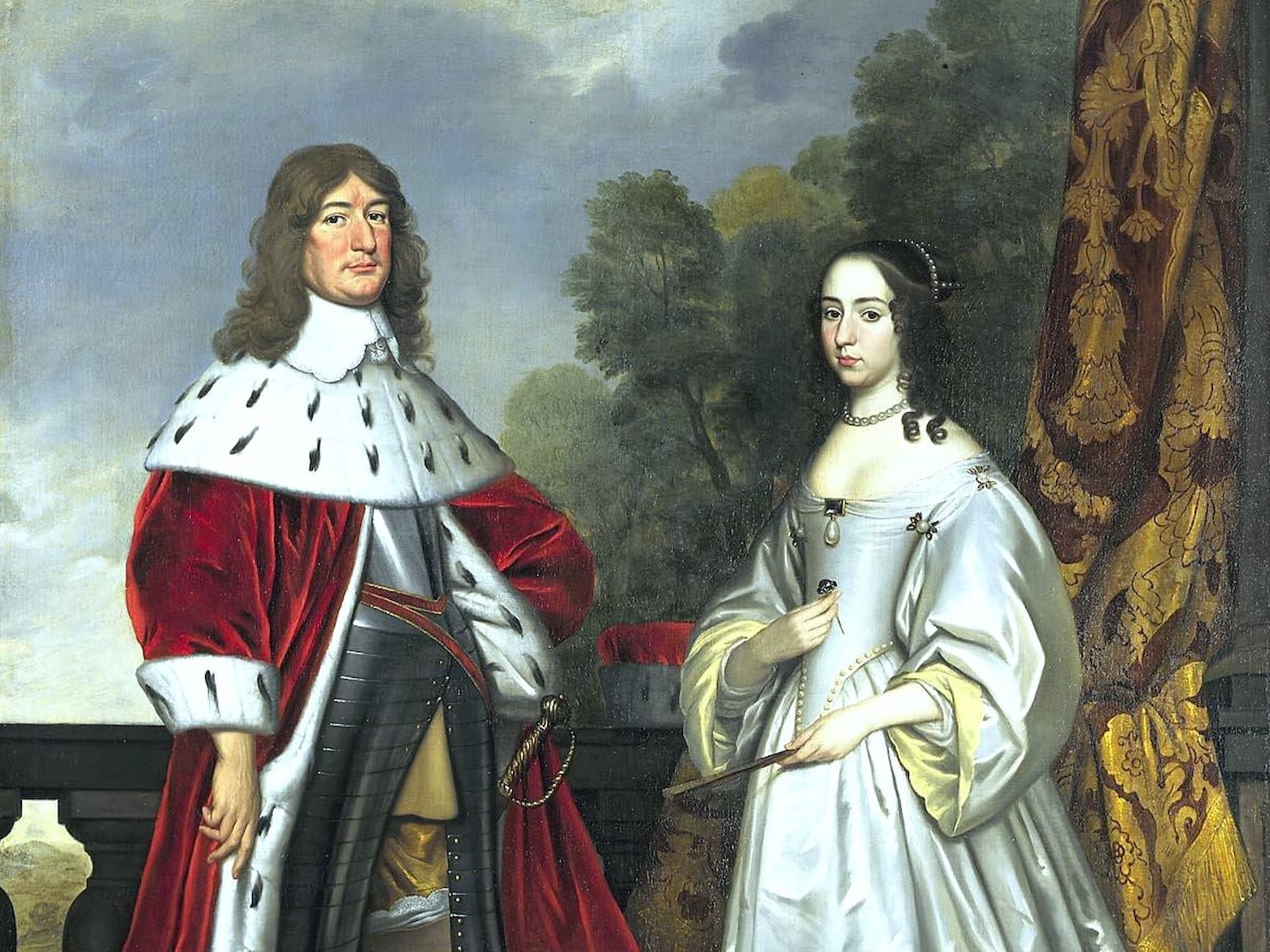
Holland in the Mark
Holland in the Mark – Glimpses into the history of a relationship A series of lectures by the “Brandenburgische Gesellschaft für Kultur und Geschichte” (Brandenburg Society for Culture and History) at the “Haus der Brandenburgisch-Preußischen Geschichte” (House of Brandenburg-Prussian History), conceptualised by Matthias Asche from the University of Potsdam.
The Margraviate of Brandenburg experienced two eras of Dutch influence which had significant effects on culture and colonisation: during the High Middle Ages and the Baroque period. Both saw substantial waves of migrants from the Netherlands to the territory between the Elbe and Oder rivers – first came the settlers, which were in turn followed by artists, engineers and tradesmen in the 17th and early 18th centuries. The bonds thus forged are presented in four lectures held at the Haus der Preußisch-Brandenburgischen Geschichte.
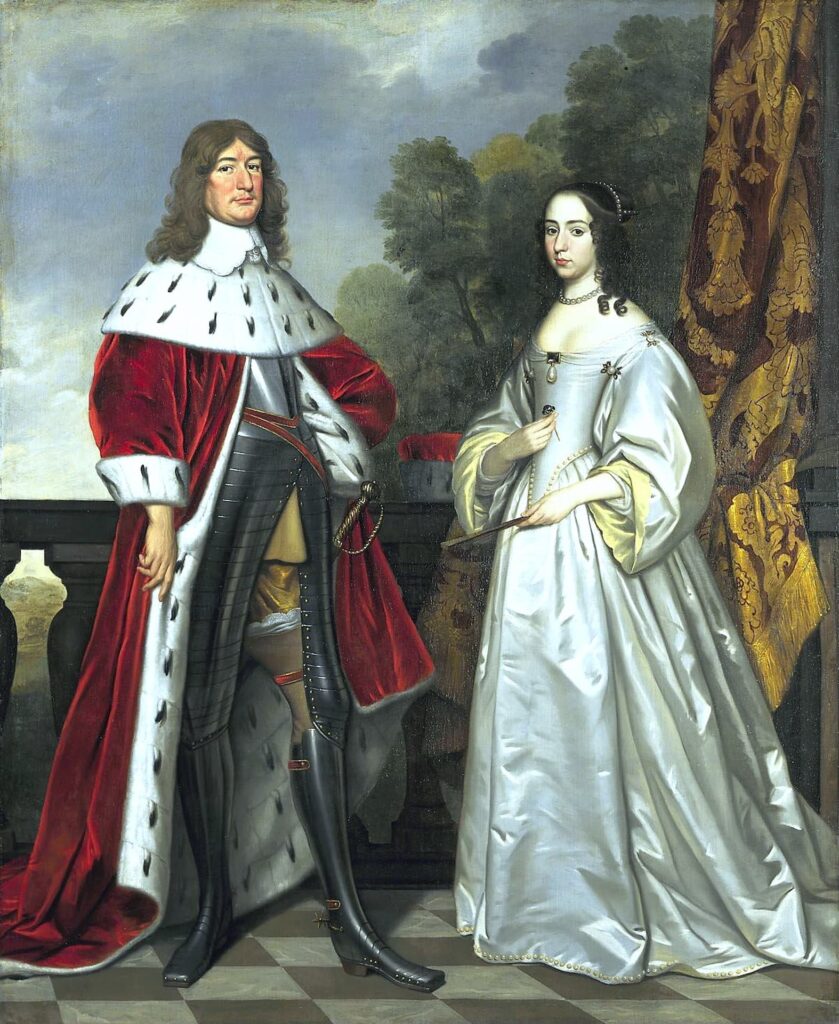
The countryside and range of hills known as the Fläming Heath (Fläming), in what is now the southern part of the federal state of Brandenburg, bears witness to the influx of the Flemish who, here and elsewhere, established permanent settlements as part of what is known as the German eastward expansion. This territorial development had already begun shortly after the founding of the Margraviate by Margrave Albert the Bear. It proceeded during the twelfth and 13th centuries in several waves of migration, but was by no means confined to immigrants from Flanders and the Netherlands in particular. The pioneers included people from regions such as the Rhineland, Westphalia, Lower Saxony and even Franconia that were all much more densely populated than the lands east of the Elbe River. The Flemish and Dutch also brought with them their experience in building dykes, thus contributing to the early containment of the rivers Elbe and Havel, which was already started by their predecessors. And again much later during the 16th, 17th and early 18th centuries, Dutch expertise was employed to build dykes and drain the swampy lands (Brüche) along the rivers of the Neumark (the Netze, Drage and Warthe Rivers) and in the Havelland, with the aim of increasing the acreage of cultivatable and inhabitable land. The early 18th century also saw an influx of specialists in butter and cheesemaking who introduced new dairy farming methods. A member of a dijkgraaf family, Simon Leonhard van Haerlem, was engaged by Frederick the Great to oversee the channelization of the Oder and draining and settling the newly acquired territory, the Oderbruch.
The marriage of the young prince-elector Frederick William of Brandenburg with Luise Henriette, the daughter of the Dutch stadtholder Frederick Henry of Orange-Nassau, proved to be a powerful motor in the process of knowledge sharing. However, Electress Luise Henriette was by no means the only person involved in culture-sharing and trade between the Dutch and Brandenburgian heartlands. Especially Johan Maurits van Nassau-Siegen, a trusted advisor to the Great Elector, can be seen as a leading mediator of Dutch culture after his appointment as the stadtholder of the Hohenzollern estates in Cleve, in the Lower Rhineland, following the End of the Thirty Years War. Count Johan Maurits proved to be the connecting link facilitating a remarkable transfer of culture and knowledge lasting several decades, in which large numbers of engineers, artists and traders from the Netherlands moved to the then largely undeveloped Brandenburg. Examples can be seen in the architects Johann Gregor Memhardt (Berlin and Potsdam Residential Palaces, Oranienburg Palace), or Cornelis Ryckwart (Fortress Küstrin). Johan Maurits van Nassau-Siegen was commissioned by the prince-elector and his wife to acquire specific works of art in the Netherlands that later became the foundation stone for the Berlin Art Cabinet. He also established many contacts with architects, craftsmen, horticulturists, and engineers specialized in the construction of fortresses, canals and locks. One such was Michiel Mattysz Smidts, who as Court Architect and Master of the Locks was responsible for draining the Residence, and who also drew up many designs for windmills.
With a view to promoting trade, Elector Frederick William invited porcelain manufacturers from Delft, as well as Dutch silk, drill and damask weavers. specially Potsdam, that only became a royal residence during the reign of King Frederick William 1st, was subjected to Dutch influence – even more than Berlin. This is impressively evident in the Dutch Quarter designed by the architect Jan Bouman from Amsterdam. He was also active in Berlin, superintending the construction of St. Hedwig’s Cathedral at the end of his career. In contrast to such activities, the Great prince-elector’s attempts to acquire colonies in West Africa and the Caribbean did not last. In this case, the Dutch influence consisted mainly in providing their own colonial expertise, resulting in a joint venture involving the prince-elector and Dutch merchants to found the Brandenburgisch-Africanische Handels-Compagnie (the Brandenburgian-African Trading Company). Until its end, an electoral shipyard near Havelberg, erected by the Dutch shipowner, privateer, and merchant Benjamin Raulé, produced ships of all kinds. There is no doubt that the strong influence exerted by the Netherlands and their culture on the development of the Berlin and Potsdam Residences, as well as on Brandenburg altogether, correlates with an economic upswing and cultural reorientation between the middle of the 17th and the beginning of the 18th century. During the 18th century, the Dutch influence was increasingly superseded by French cultural aspects.
– Prof. Dr. Matthias Asche, Professor for Early Modern History, University of Potsdam in cooperation with the Haus der Brandenburgisch-Preußischen Geschichte
Holland in the Mark – Glimpses into the history of a relationship A lecture series at the Haus der Brandenburgisch-Preußischen Geschichte
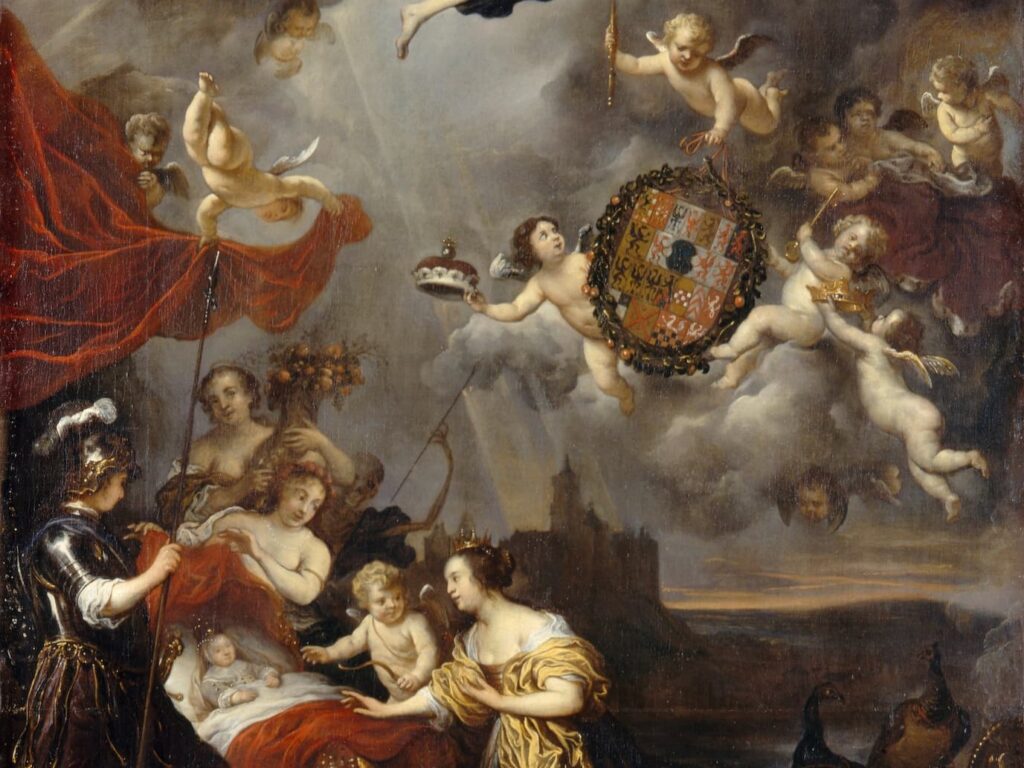
06.05.2023 │17:30 Uhr
Niederländische Kunst am Hof der brandenburgischen Kurfürsten und der ersten Könige in Preußen
Dr. Alexandra Nina Engel, Potsdam

